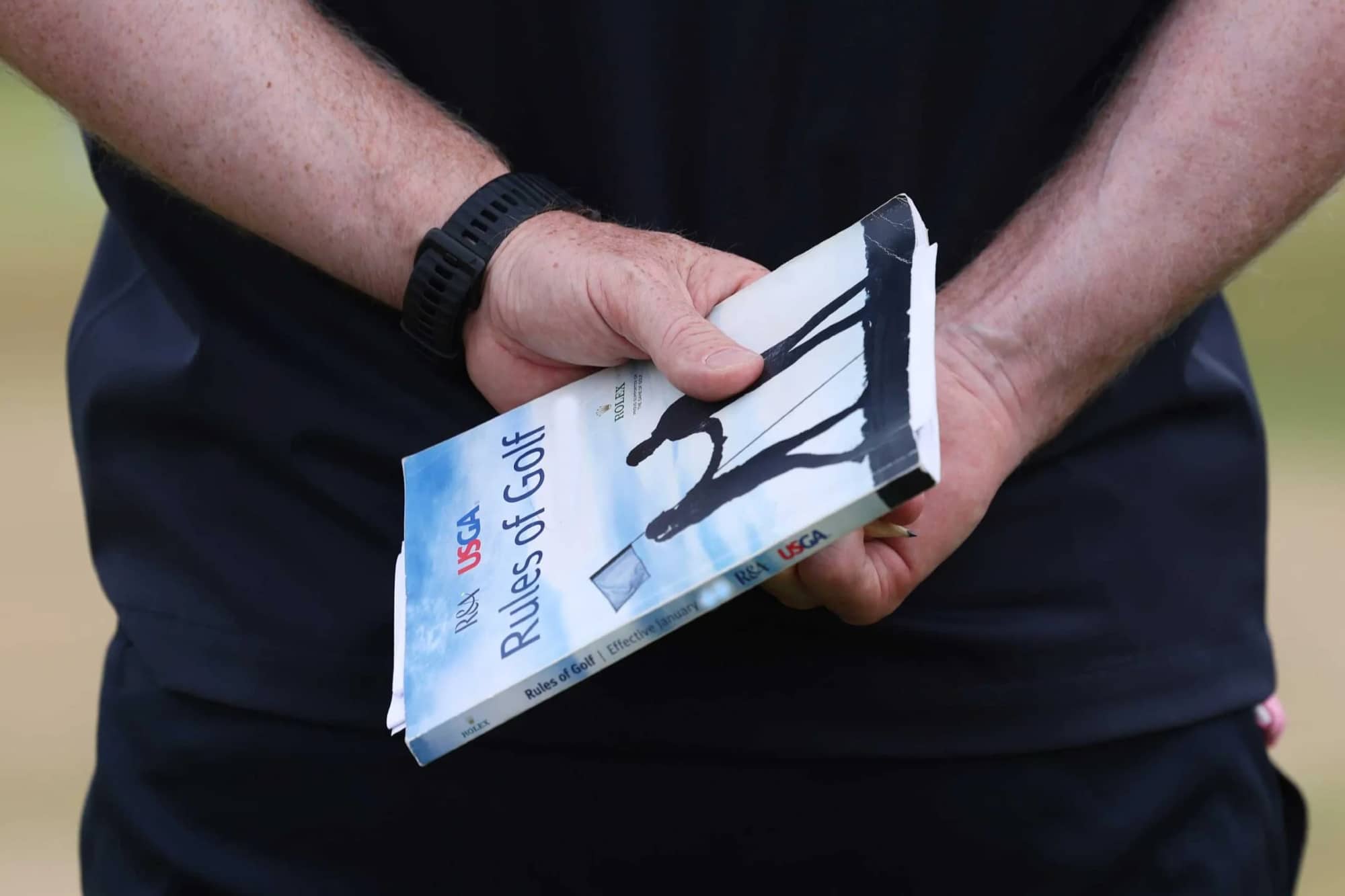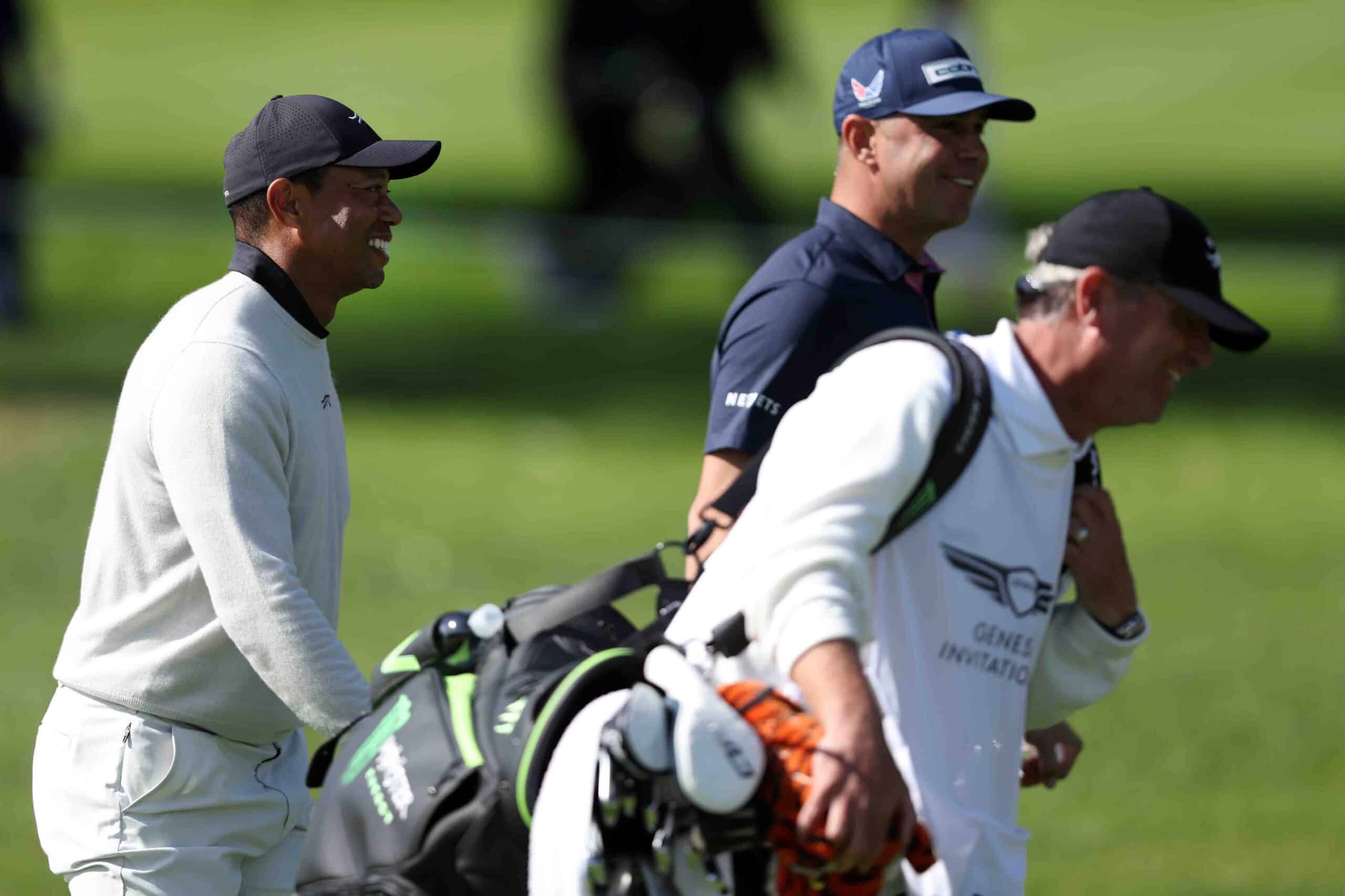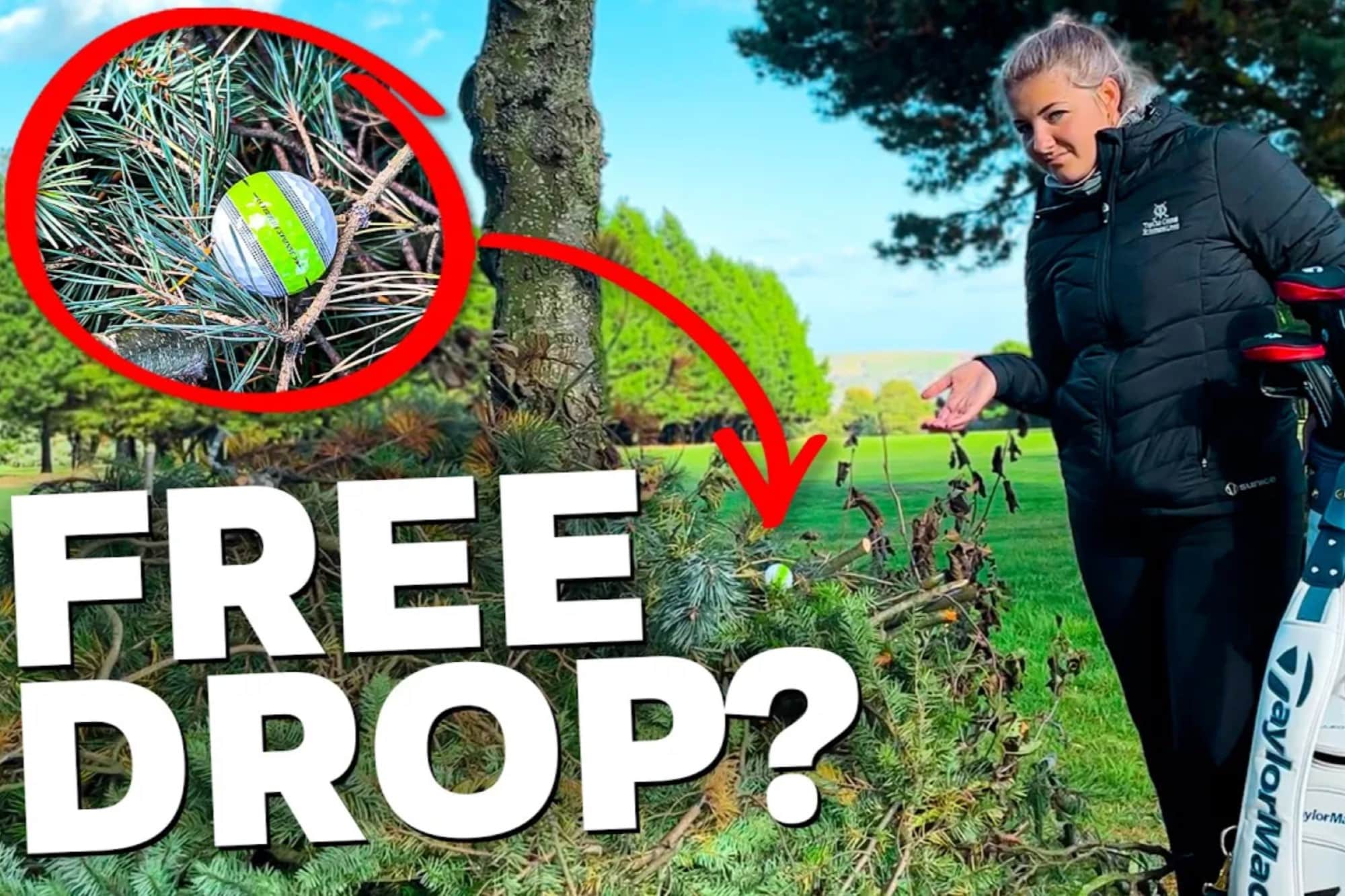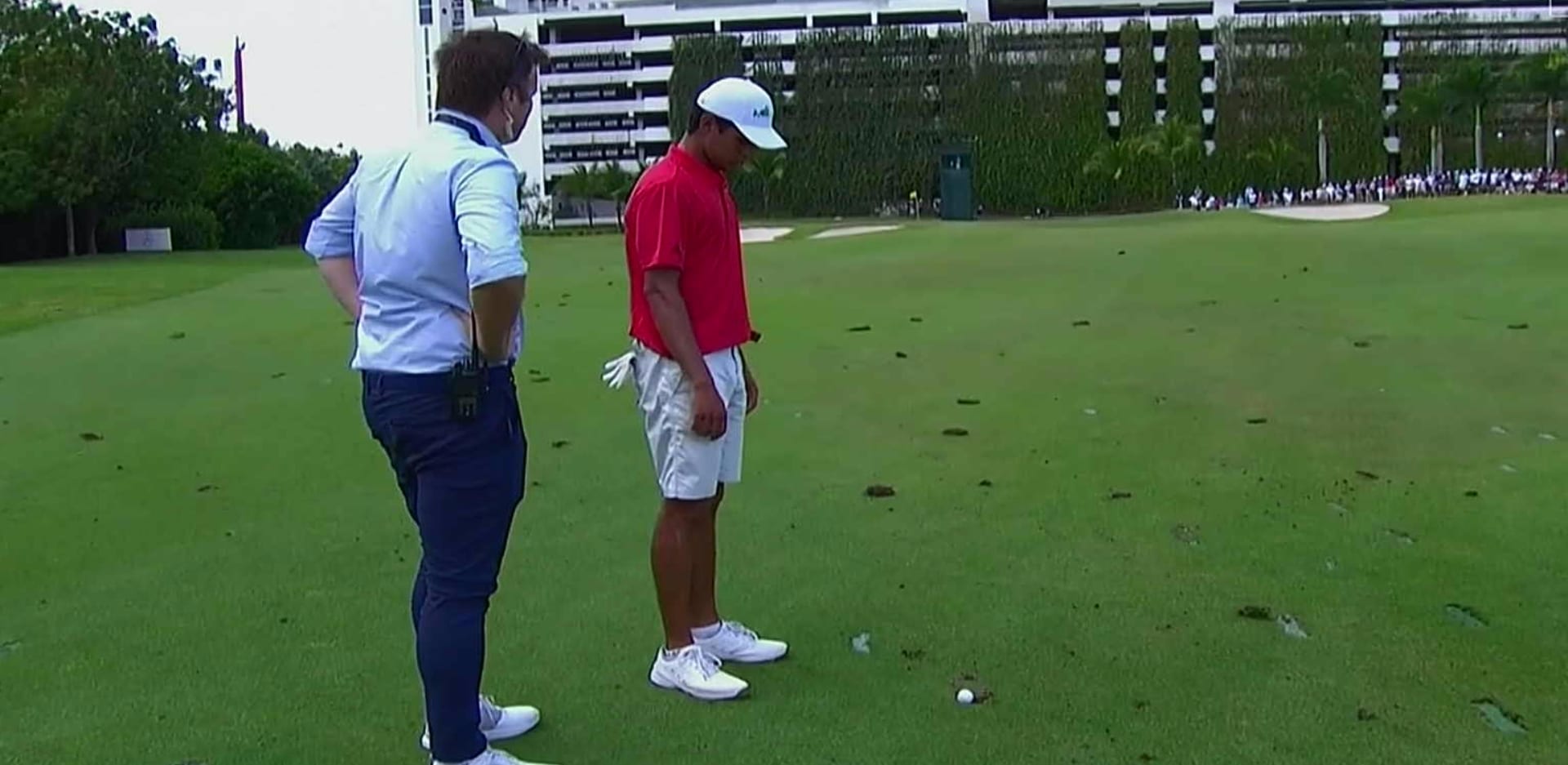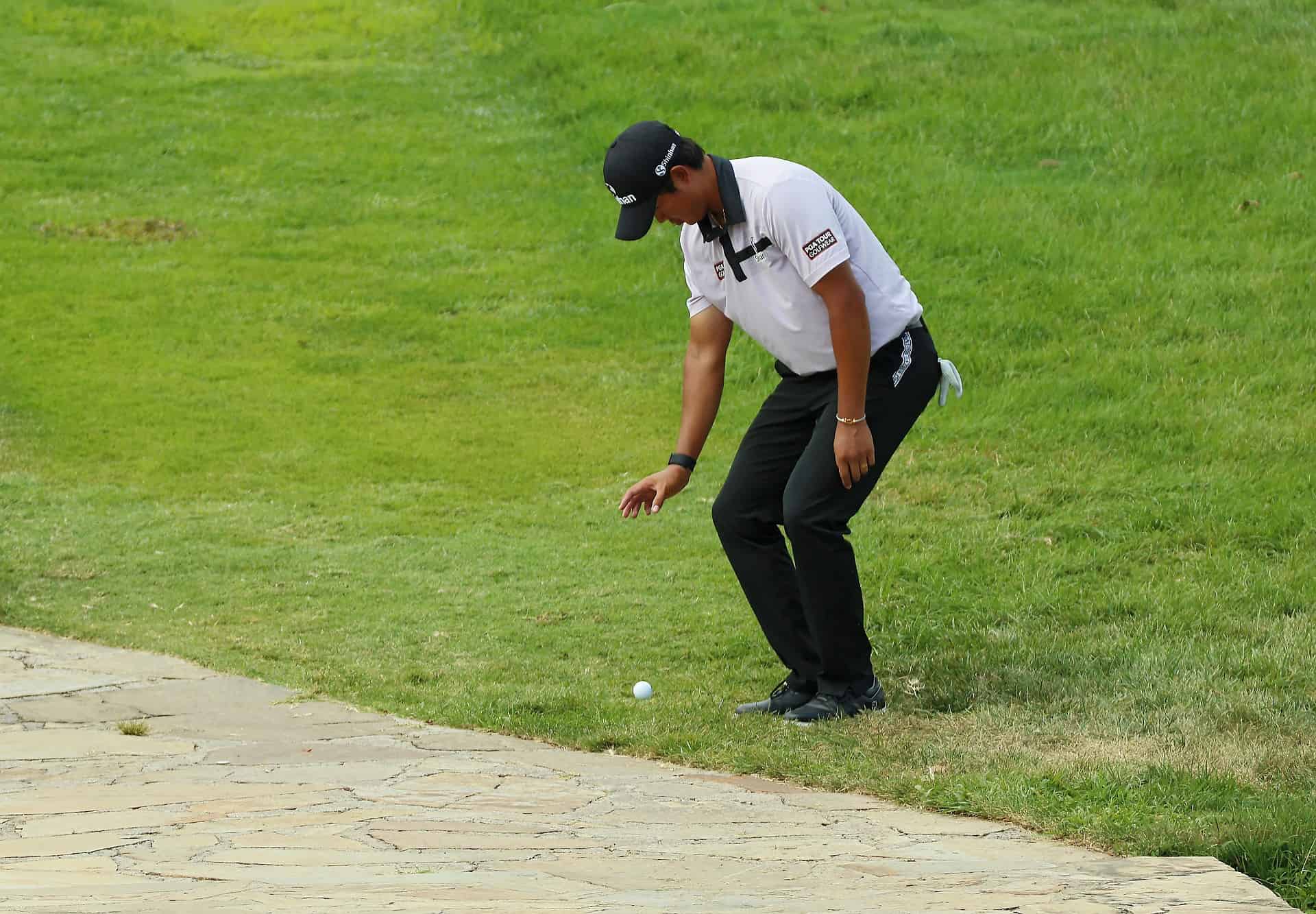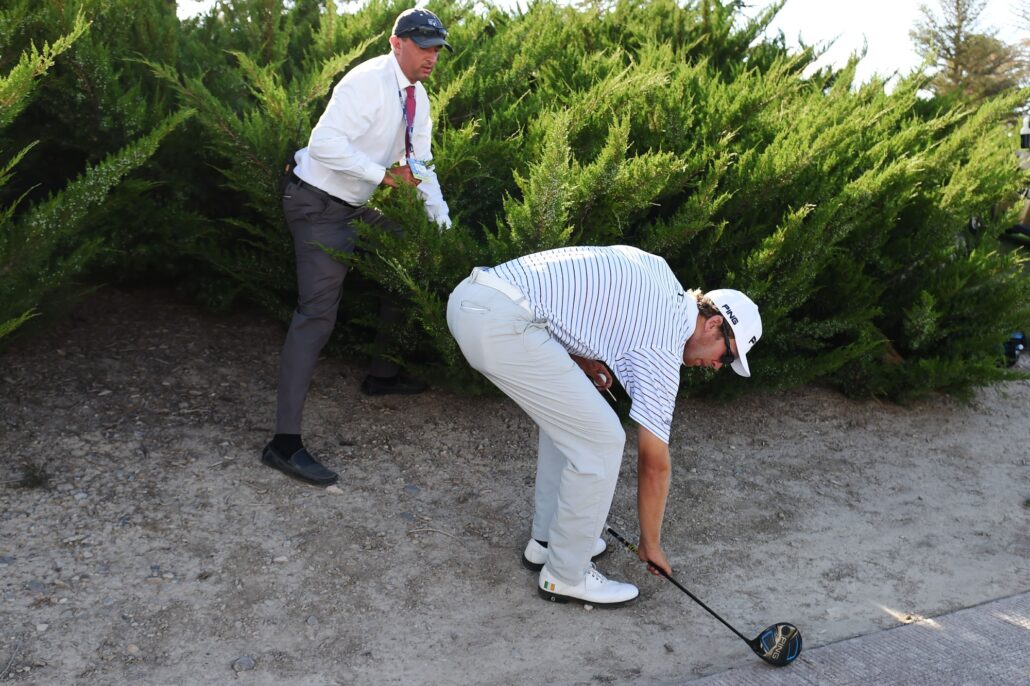
Rules of Golf explained: Do I have to use my longest club to measure my relief area?
Always reaching for the driver can sometimes get you into trouble on the course – well it does for me anyway.
But there’s one part of the game where you’ll see players universally reaching for the big stick, and that’s when it comes to measuring out an area to take relief.
Whether it’s one club length, or two, it’s the old 1-wood we’ll turn to when spacing out our area for the likes of penalty area relief, unplayable balls, abnormal course conditions – the list goes on.
So this email from Claire Woolley piqued my interest, and I’m hoping it will yours too. She asked: “This may be a silly question, but now that your relief area is defined by the longest club in your bag that’s not your putter, is it permissible to measure it with a different, shorter, club?”
Not a silly question at all, Claire – an interesting one, in fact. And one to which I’m going to give you the answer!
Rules of Golf explained: Measuring club lengths
The definition of club length says it’s the length of the longest club of the 14 (or fewer) you might have in your bag other than a putter.
So, as that definition points out, if that’s a driver and it’s 43 inches then 43 inches is what a club-length is for that particular round.
Claire is right in that club-lengths are what are used to determine the size of a relief area when taking relief under a rule. They’re also what you use to define a teeing area as well.
But that doesn’t mean that you’ve always got to have that longest club in your hands when you are measuring out your area. It’s just that’s what will determine its size.
So if you happen to just have a 9-iron to hand, instead of whatever the longest club in your bag might be – it is still the latter that defines the relief area, whether that’s one club-length or two.
You don’t actually have to measure that area physically, either. You can do so visually if you wish. But it’s usually better if you get out the tee pegs and start laying a club down.
That’s because what’s really important to remember is when you drop a ball in the right way it must come to rest in the relief area.
If, for whatever reason, you botch that procedure and then play your next stroke from outside of that area, the general penalty – two shots or loss of hole in match play – is coming your way.
Have a question for our Rules of Golf expert?
Despite the simplification of the Rules of Golf at the beginning of 2019, there are still some that leave us scratching our heads. And as I’ve passed the R&A’s level 2 rules exam with distinction, I am more than happy to help and I’ll feature the best in this column. I’ve obviously been quite popular in recent weeks as I’ve got a huge backlog of enquiries and I’ll try to come back to you in due course.
Click here for the full Rules of Golf explained archive and details of how to submit a question to our expert.
Subscribe to NCG
Steve Carroll

A journalist for 25 years, Steve has been immersed in club golf for almost as long. A former club captain, he has passed the Level 3 Rules of Golf exam with distinction having attended the R&A's prestigious Tournament Administrators and Referees Seminar.
Steve has officiated at a host of high-profile tournaments, including Open Regional Qualifying, PGA Fourball Championship, English Men's Senior Amateur, and the North of England Amateur Championship. In 2023, he made his international debut as part of the team that refereed England vs Switzerland U16 girls.
A part of NCG's Top 100s panel, Steve has a particular love of links golf and is frantically trying to restore his single-figure handicap. He currently floats at around 11.
Steve plays at Close House, in Newcastle, and York GC, where he is a member of the club's matches and competitions committee and referees the annual 36-hole scratch York Rose Bowl.
Having studied history at Newcastle University, he became a journalist having passed his NTCJ exams at Darlington College of Technology.
What's in Steve's bag: TaylorMade Stealth 2 driver, 3-wood, and hybrids; TaylorMade Stealth 2 irons; TaylorMade Hi-Toe, Ping ChipR, Sik Putter.


